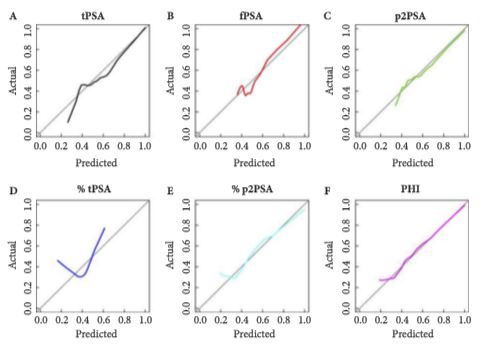
Article of the Week: Using The PHI to improve Prostate Cancer Risk Assessment
Every Week the Editor-in-Chief selects an Article of the Week from the current issue of BJUI. The abstract is reproduced below and you can click on the button to read the full article, which is freely available to all readers for at least 30 days from the time of this post.
In addition to the article itself, there is an accompanying editorial written by a prominent member of the urological community. This blog is intended to provoke comment and discussion and we invite you to use the comment…

Editorial: Prostate biopsy decisions: one-size-fits-all approach with total PSA is out and a multivariable approach with the PHI is in
The days of using one PSA threshold to trigger a biopsy for all men are over, and the field has moved toward a more individualized approach to prostate biopsy decisions, taking into account each patient's specific set of risk factors. Foley et al. [1] provide compelling evidence supporting the use of the Prostate Health Index (PHI) as part of this multivariable approach to prostate biopsy decisions.
There is now a large body of evidence showing that the PHI is more specific for prostate…
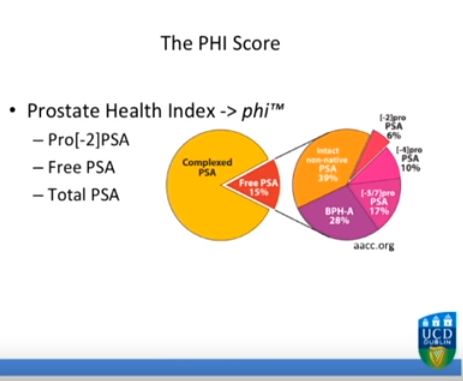
Video: Improving Prostate Cancer Risk Assessment Using The PHI
Improving Multivariable Prostate Cancer Risk Assessment Using The Prostate Health Index
Robert W. Foley*†, Laura Gorman*, Neda Sharifi‡, Keefe Murphy§¶, Helen Moore‡, Alexandra V. Tuzova**, Antoinette S. Perry**, T. Brendan Murphy§¶, Dara J. Lundon*††† and R. William G. Watson*†
*Conway Institute of Biomolecular and Biomedical Research, University College Dublin, †UCD School of Medicine and Medical Science, University College Dublin, ‡Department of Biochemistry,…
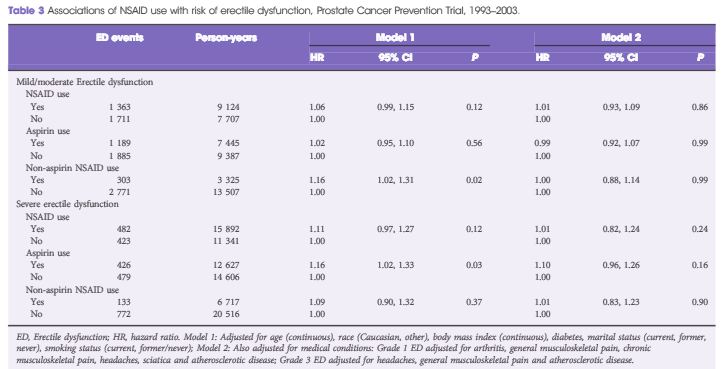
Article of the Week: NSAID use and ED risk
Every Week the Editor-in-Chief selects an Article of the Week from the current issue of BJUI. The abstract is reproduced below and you can click on the button to read the full article, which is freely available to all readers for at least 30 days from the time of this post.
In addition to the article itself, there is an accompanying editorial written by a prominent member of the urological community. This blog is intended to provoke comment and discussion and we invite you to use the comment…

Editorial: PCPT May Exculpate COX Blockers in Erectile Dysfunction
NSAIDs are one of the most commonly used medications classes in the USA. Despite their ubiquity, they remain controversial. The withdrawal of the selective cyclooxygenase (COX)-2 inhibitor Rofecoxib in 2004 was a low point, culminating in a >$4.85 billion dollar (American dollars) settlement by Merck Pharmaceuticals. More recently, in July 2015 the USA Food and Drug Administration (FDA) strengthened a ‘black box warning’ (warning that appears on the package insert) on all NSAIDs for increased…

Video: NSAID use is not associated with erectile dysfunction risk
Non-steroidal anti-inflammatory drug (NSAID) use is not associated with erectile dysfunction risk: results from the Prostate Cancer Prevention Trial
Darshan P. Patel, Jeannette M. Schenk*, Amy Darke†, Jeremy B. Myers, William O. Brant and James M. Hotaling
Division of Urology, University of Utah, Salt Lake City, UT, *Cancer Prevention Program, Fred Hutchinson Cancer Research Center, Seattle, WA, and †SWOG Statistical Center, Fred Hutchinson Cancer Research Center, Seattle, WA, USA
Objective
To…
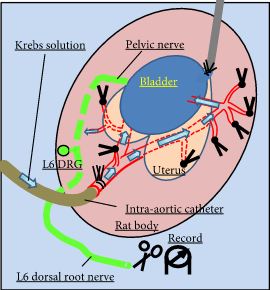
Article of the Week: Functional role of the TRPM8 ion channel in the bladder
Every Week the Editor-in-Chief selects an Article of the Week from the current issue of BJUI. The abstract is reproduced below and you can click on the button to read the full article, which is freely available to all readers for at least 30 days from the time of this post.
In addition to the article itself, there is an accompanying editorial written by a prominent member of the urological community. This blog is intended to provoke comment and discussion and we invite you to use the comment…
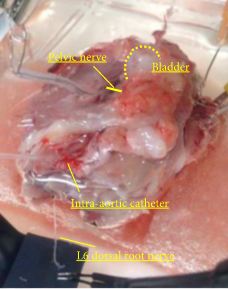
Editorial: TRPM8 antagonists to treat LUTS- don’t lose your cool just yet
The sensory mechanisms of the lower urinary tract enable our brain to continuously monitor the filling status of the bladder. During urine storage, low-level afferent information is mostly processed subconsciously. As the bladder fills up with urine, afferent signalling increases until we start feeling the urge to pass urine and we can consciously initiate voiding Under pathological conditions, such as urinary tract infection, overactive bladder or painful bladder syndrome, the afferent mechanisms…
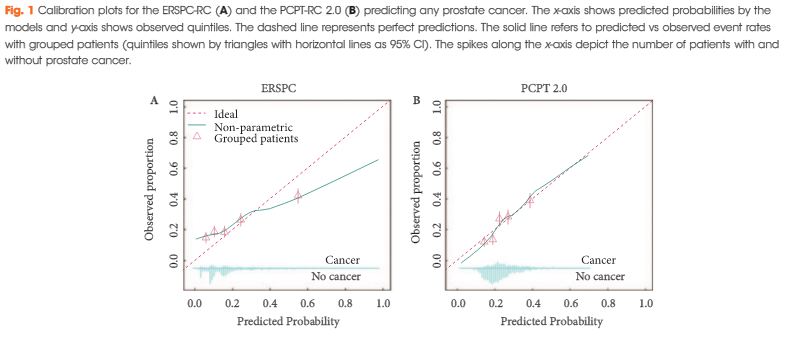
Article of the Month: ERSPC and PCPT risk calculators in prostate cancer risk prediction
Every Month the Editor-in-Chief selects an Article of the Month from the current issue of BJUI. The abstract is reproduced below and you can click on the button to read the full article, which is freely available to all readers for at least 30 days from the time of this post.
In addition to the article itself, there is an accompanying editorial written by a prominent member of the urological community. This blog is intended to provoke comment and discussion and we invite you to use the comment…

Editorial: Prostate cancer risk prediction and the persistence of uncertainty
Poyet et al. [1] have performed the largest external validation of the European Randomised Study for Screening of Prostate Cancer (ERSPC) and Prostate Cancer Prevention Trial (PCPT) v2.0 risk calculators (RCs) to date, having retrospectively identified 1996 men undergoing prostate biopsy in a Swiss tertiary care facility.
Asides from the validatory nature of this paper [1], there are several other findings though less novel, which are further important additions to the urological literature.
This…
